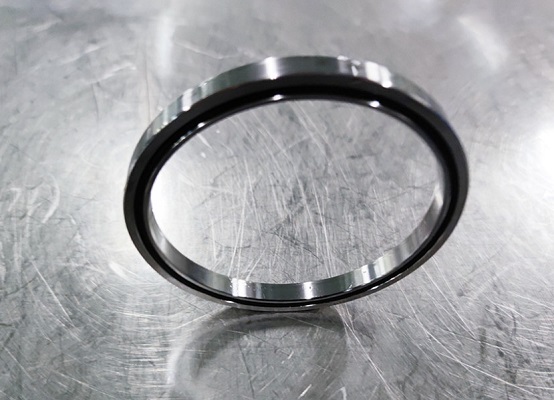Optimization of rolling element of rolling bearing
Rolling bearings are composed of four parts: inner ring, outer ring, and rolling element cage. It is precisely because there are “rolling elements” between the bearing rings that the bearings can achieve “rolling motion”.
In this essential sense, rolling elements are a prerequisite for the existence of rolling bearings. The original starting point of using rolling elements is to replace sliding bearings to greatly reduce friction and make the operation lighter and more flexible.
If the number and size of the rolling elements are determined by the bearing design and are optional, then for the rolling elements themselves, in terms of load capacity and service life, in addition to fully complying with the specified material, manufacturing and other quality requirements, Generally, the following special technical requirements need to be met:
Improve surface hardness
The rolling elements are the same as the raceways of the rings. Generally, the surface hardness of 58 HRC or more must be reached after conventional quenching and tempering to ensure the basic load rating of the bearing. Among them, the hardness matching between the rolling element and the raceway of the ring has a great influence on the life of the bearing. Tests show that when the surface hardness of the rolling elements is higher than the surface hardness of the raceway by 1 to 2 HRC, the bearing life will be longer. This is because the accuracy of the rolling elements is usually higher than that of the raceway. If the surface hardness is also high, the raceway can be “precisely cold rolled” during the bearing operation, so that the raceway accuracy is improved and the surface layer is formed. Compressive stress is conducive to the improvement of bearing fatigue life. In addition, increasing the surface hardness of the rolling elements and raceways at the same time can also greatly increase the anti-pollution life of the bearing. Therefore, the rolling element should be as close to the middle and upper limit level as possible for heat treatment process control within the required surface hardness range.
Surface strengthening treatment
Surface strengthening treatment, also known as pressurization, is to perform high-pressure shot peening treatment on the surface of the rolling element within the range of elastic and plastic deformation of the rolling element material to increase the surface hardness and form a uniformly distributed compressive stress on the surface to further improve Bearing life. The general requirements for hardness after surface strengthening are: the surface hardness is increased by 1~3 HRC; the hardness drop of the same rolling element should not exceed 0.5 HRC; the difference between the maximum hardness of the rolling element and the rolling element should not exceed 1 HRC . The principle requirement for the surface lamination stress is: uniform distribution and a certain gradient distribution from the surface inward.
Carry out convexity modification to the roller
During the operation of the bearing, the number of rolling contact between the rolling element and the raceway of the ring is second only to that of the rotating ring. Therefore, it is an inevitable phenomenon that the probability of its contact fatigue failure is higher. Under the condition of constant bearing load and rolling contact times, reducing contact stress, especially stress concentration, is one of the effective measures to reduce the probability of fatigue failure. Therefore, for straight linear rollers (cylindrical rollers, needle rollers) that are prone to cause stress concentration on the end surface, the crown must be modified. Among various convex shapes such as arc, arc correction line, logarithmic curve, logarithmic curve convexity is considered to be the best, which can achieve uniform distribution of contact stress and is not sensitive to stress concentration. Therefore, it should be achieved as much as possible Convexity modification of logarithmic curve. In the current international standard, the calculation coefficient of the dynamic load rating of a roller bearing is given according to the convexity of the roller and the uniform distribution of contact stress can be guaranteed. Based on this, it is clearly stated that the convexity of the roller is a conventional requirement, but the straight line is a special case, that is, the roller for the bearing must have the convexity. In addition, for the tapered roller ball base surface and the end surfaces of some cylindrical rollers, because they need to be used as the sliding contact working surface with the ring ribs, they must also have a certain shape (such as a spherical surface) to prevent the bearing from being generated during operation to avoid Burn failure.







